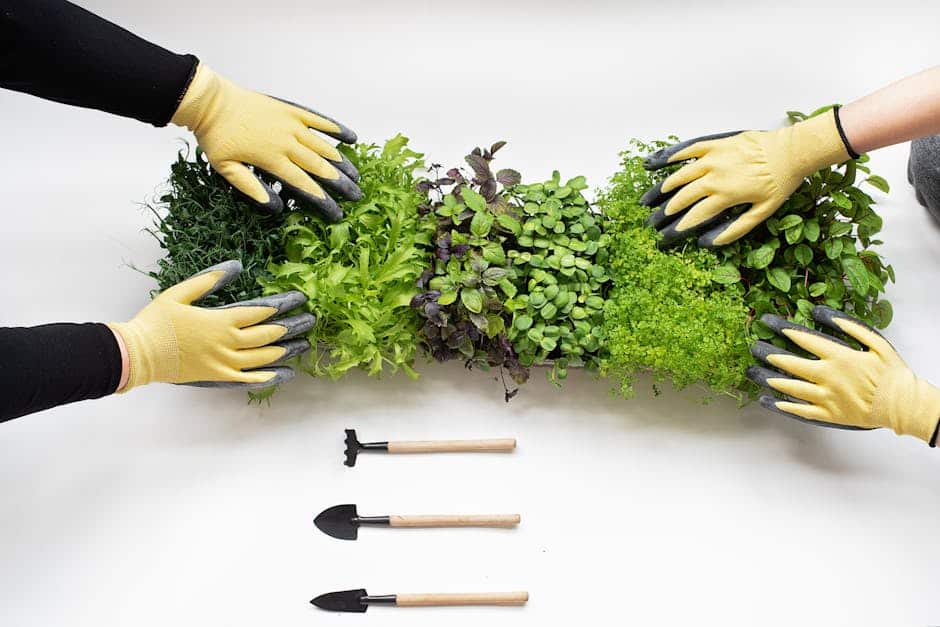How to Grow Microgreens Hydroponically?
Microgreens are an excellent addition to any diet, packed with flavor, nutrients, and easy to grow. While traditional soil-based methods are commonly used, hydroponic systems offer several advantages for growing microgreens. In this article, we will explore the various hydroponic systems suitable for growing microgreens, the best nutrients to use, and the benefits of hydroponic cultivation.
Choosing the Right Hydroponic System
There are several hydroponic systems that are suitable for growing microgreens, each with its own advantages and disadvantages. The best system for you will depend on factors such as the types of microgreens you want to grow, available space and budget, and your level of experience with hydroponic gardening.
Some popular hydroponic systems for growing microgreens include:
- Nutrient Film Technique (NFT): This system involves a thin film of nutrient-rich water flowing over the roots of the microgreens. NFT is ideal for small to medium-sized microgreens and is known for its efficiency in water and nutrient usage.
- Deep Water Culture (DWC): In a DWC system, the roots of the microgreens are suspended in a nutrient solution. This system is simple to set up and is great for beginners. However, it requires more water and may not be suitable for larger microgreens.
- Drip Irrigation: This system involves delivering a nutrient solution directly to the roots of the microgreens through a drip system. Drip irrigation is versatile and can be used for various sizes of microgreens. It allows for precise control over nutrient delivery.
- Aeroponics: Aeroponic systems mist the roots of the microgreens with a nutrient solution. This system is highly efficient in water and nutrient usage and allows for faster growth. However, it requires more technical knowledge and may be more expensive to set up.
It is important to research and consider the specific requirements of each system before deciding which one is best for your needs.
Choosing the Right Nutrients
Proper nutrient levels are crucial for the healthy growth of hydroponic microgreens. When growing microgreens without soil, it is important to use a nutrient-rich solution specifically formulated for hydroponic growing.
Some of the best nutrients to use for growing microgreens hydroponically include:
- Balanced Hydroponic Nutrient Solution: A balanced nutrient solution provides the necessary macronutrients (nitrogen, phosphorus, and potassium) as well as essential micronutrients for healthy growth. It is important to follow the manufacturer’s instructions for dilution and application rates to ensure proper nutrient levels for your microgreens.
- Liquid Seaweed Extract: Liquid seaweed extract is a natural and organic option that provides a wide range of nutrients and trace minerals. It can be used as a supplement to a balanced nutrient solution.
- Fish Emulsion: Fish emulsion is another organic option that provides a good source of nitrogen, phosphorus, and potassium. It is typically diluted and used as a supplement to a balanced nutrient solution.
By using these nutrient options, you can ensure that your hydroponic microgreens receive the necessary nutrients for optimal growth and development.
The Benefits of Growing Microgreens Hydroponically
Growing microgreens hydroponically offers several advantages over traditional soil-based methods. Some of these benefits include:
- Faster Growth: Hydroponic systems provide optimal conditions for microgreen growth, resulting in faster growth rates compared to soil-based methods.
- Higher Yields in a Smaller Space: Hydroponic systems allow for higher plant densities, maximizing space utilization and increasing overall yields.
- More Control over Growing Conditions: Hydroponic systems allow for precise control over nutrient levels, pH, and water availability, ensuring ideal growing conditions for microgreens.
- Reduced Water Usage: Hydroponic systems use recirculating nutrient solutions, minimizing water wastage compared to traditional soil-based methods.
- Less Susceptibility to Pests and Diseases: By eliminating soil, hydroponic systems reduce the risk of soil-borne pests and diseases, resulting in healthier and more resilient microgreens.
- Ability to Grow Anywhere: Hydroponic systems can be set up indoors or in urban environments, allowing for year-round cultivation regardless of climate or available outdoor space.
By utilizing hydroponic systems, you can enjoy these benefits and produce high-quality microgreens efficiently.
Related Websites:
FAQs:
Q: What are microgreens?
Microgreens are young vegetable greens that are harvested just after the first leaves have developed. They are packed with nutrients and offer various health benefits. Their flavor is more intense than mature greens.
Q: Why should I grow microgreens hydroponically?
Hydroponic cultivation of microgreens has several advantages. It allows for faster growth and higher yields compared to traditional soil-based methods. Hydroponics also conserves water and reduces the risk of soil-borne diseases.
Q: What equipment and materials do I need to set up a hydroponic system for microgreens?
To set up a hydroponic system for microgreens, you will need trays or containers, a water reservoir, a water pump, grow lights, a timer, a pH meter, a nutrient solution, and a growing medium such as coco coir or rockwool.
Q: How do I grow microgreens hydroponically?
To grow microgreens hydroponically, you will need to select suitable microgreen varieties, prepare the growing trays or containers, germinate the seeds, transfer the sprouted seeds to the hydroponic system, provide proper lighting and water supply, and monitor and adjust environmental conditions as needed.
Q: How do I harvest and store hydroponic microgreens?
To harvest hydroponic microgreens, you should wait until they have developed their first true leaves. Use clean scissors to cut the greens just above the soil surface. After harvesting, gently wash and dry the microgreens before storing them in a sealed container in the refrigerator for up to a week.






